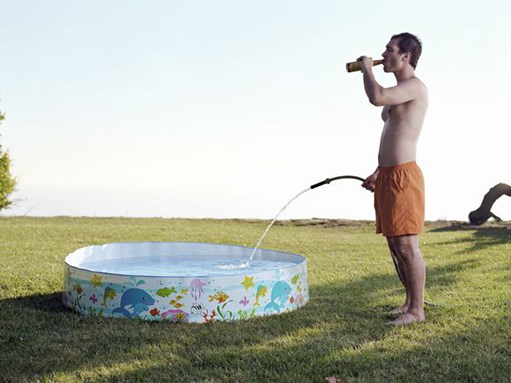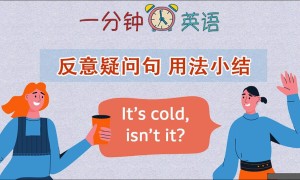导读:加拿大一所大学最近对游泳池的尿液含量做了一次检测,然后检测的结果让人有点不想去游泳池游泳了…

A study into the amount of urine in swimming pools has revealed just how high the levels are - and the results are NOT pretty.
泳池中的尿液含量有多高?近日一项研究得出的结果让人欲哭无泪。
Researchers developed a test to measure the amount of urine in the water and took more than 250 samples from 31 pools and hot tubs in two Canadian cities.
研究人员设计出一种检验水中尿液含量的方法:从加拿大两个城市里的31个游泳池和公共热水浴池中采集250多份样本,然后加以检验。
The results showed one 830,000-litre (220,000-gallon) pool, which is about one-third of an Olympic-sized pool, had 75 litres of urine while another smaller pool had 30 litres.
结果显示,一个容量为830000升(220000加仑),即约为三分之一个奥运泳池大小的泳池里,尿液的含量为75升,而另一个较小的游泳池则有30升。
Humans introduce "a variety of chemicals" into recreational waters through bodily fluids, and the separate news of an overnight water colour change in the 2016 Rio Olympic pools highlight the need to monitor water quality, according to the University of Alberta study.
艾伯塔大学的研究结果显示,人类通过体液将“各种化学物质”排入游憩用水。而另一则2016里约奥运会游泳池的水一夜之间变色的新闻则凸显了水质监测的必要性。
Although urine itself is sterile, its presence in swimming pools is a public health concern because urine can mix with pool chemicals to harm swimmers’ health.
虽然尿液本身是无菌的,但游泳池中存在尿液就是一个公共健康问题了,因为尿液可以与游泳池的化学物质混合,从而对游泳者的身体健康造成损害。
Researchers measured for the substance acesulfame-K (ACE), an artificial sweetener that passes through the body completely and is "an ideal urinary marker."
研究人员检测的物质是安赛蜜(ACE),一种人工甜味剂,其在人体内不代谢、不吸收,会随着尿液排出体外,因而是“理想的尿液标记物。”
It found concentrations of ACE in the pools and tubs, which were not named, that were up to 570-fold greater than in normal tap water.
检测结果发现,在这些未命名的泳池和浴池里,ACE的含量为普通自来水里含量的570多倍。
Researchers then used the ACE concentration of the two pools over three weeks to estimate their levels of urine, according to the study, which was published in the journal Environmental Science and Technology Letters.
研究者通过观察这三周里这两个水池中ACE的含量来推算尿液的浓度。这项研究最后发表在《环境科学与技术快报》上。
The Alberta Health provincial department did not immediately respond to a request for comment.
对此我们向艾伯塔省卫生厅征求了意见,但对方没有立即给予回复。







